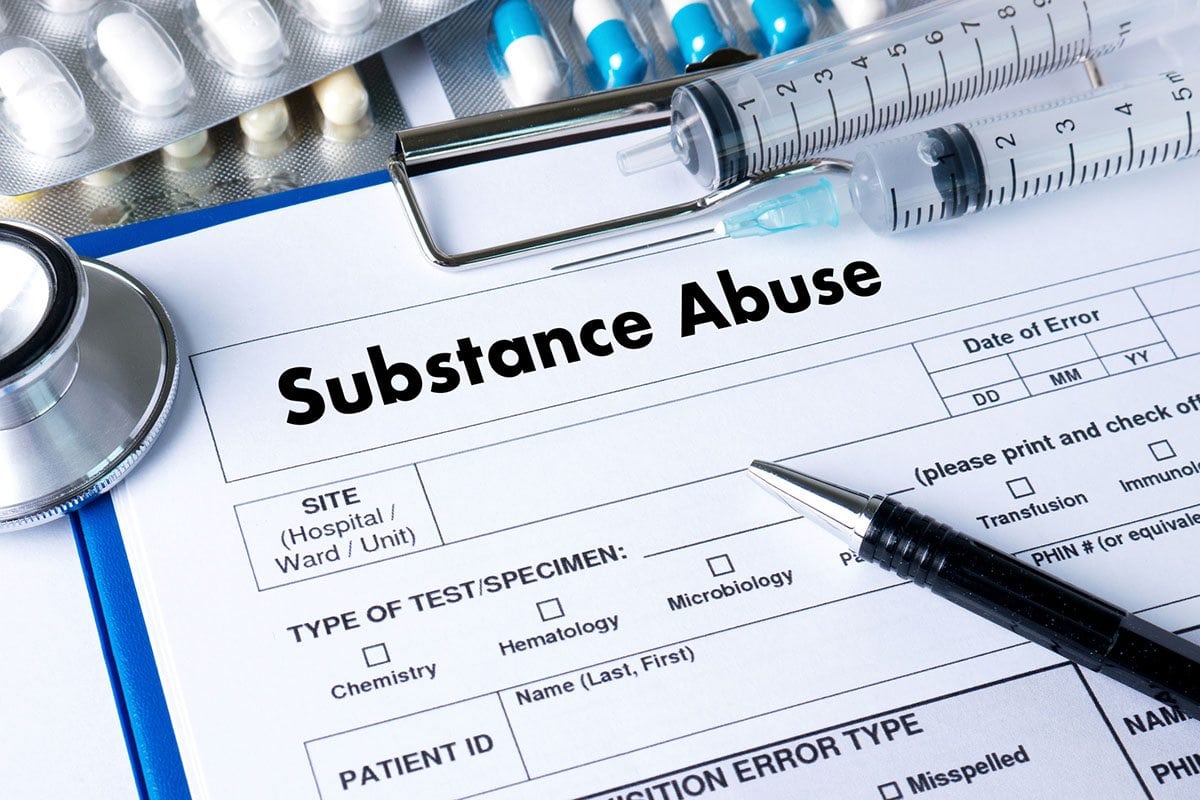<< Back
People With Brain Injury Vulnerable to Substance Abuse

October 02, 2019
Increasingly, people with a traumatic brain injury are likely to have a substance use disorder, providing another alarming layer to the nation’s opioid overdose crisis as each pose a risk that people might develop the other.
Dr. J. Craig Allen, vice president of addiction services with Hartford HealthCare, said, “The pairing of substance use disorder and brain injury is seen on both sides of the treatment spectrum. As many as half of the people in substance use disorder rehab programs have an acquired brain injury, while 67 percent of those in brain injury rehab programs report a history of substance abuse predating the injury.
“Another 20 percent with no substance abuse problem before an injury develop one after.”
The progression in either direction seems logical. Brain injuries, Dr. Allen said, can cause tremendous physical and emotional pain that may prompt substance use and development of substance use disorders. An overdose can also shut down oxygen flow to the brain, causing cell death in just five minutes and potentially leading to:
- Slowed reaction time.
- Difficulty paying attention.
- Impulsive decision-making.
- Impaired memory, visual motor skills, reasoning and information processing.
“We know when individuals experience impairments in multiple cognitive domains as a result of an overdose, it can negatively impact their everyday functioning,” Dr. Allen said. “Even those who didn’t abuse substances before an injury become vulnerable after injury because of boredom, frustration, depression and the heightened effects of alcohol and other drugs on the injured brain.”
This, he continued, makes it important that clinicians educate patients with brain injuries and their family members about the potential dangers of substance use. He suggested:
- Encouraging abstinence.
- Providing incentives for participation in programs such as Alcoholics and Narcotics Anonymous, which should be modified to be more concrete, understandable and encouraging.
- Tapping interventions that support adaptive coping, and matching interventions with the individual’s cognitive deficits and abilities.
- Enlisting community resources to maximize social interaction and minimize boredom.
- Suggesting harm reduction strategies, including the use of naloxone, a medication successfully used to treat opioid use disorder.
For more information on treatment at Hartford HealthCare Behavioral Health for substance abuse disorder, click here.